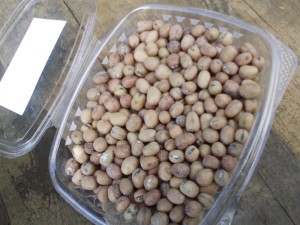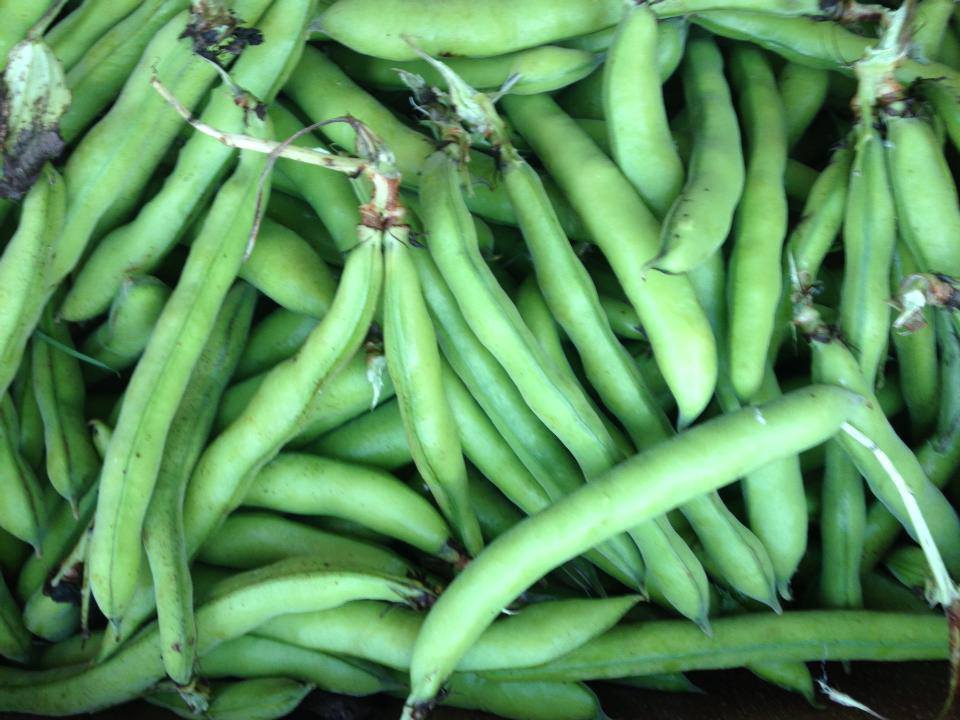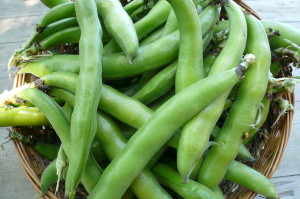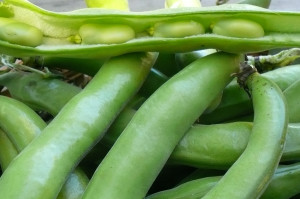Don’t shy away from any great legume just because it’s dried. Here are some preparation suggestions, thanks to The Kitchn.

Need some inspiration for your bean dishes? Try diana fava beans, the smaller and rounder sibling to the more typical lima bean-shaped windsor fava bean. They’re super tasty!
1. Use as little water as possible. Don’t let the beans get soggy or ultra-soft, because that dilutes their rich pot liquor, the incredibly flavorful liquid that comes off as they cook. Cook them slowly over low heat, only adding water if they start to dry up. Add enough water to just cover the beans, bring them to a boil, then reduce the heat and cook, uncovered, as low as you can.
2. Don’t mess with the beans. Some people add bacon, ham or garlic. However, well-grown heirloom beans have incredible ranges of flavor, nothing like canned beans. Try a couple pots of beans with just salt and pepper. You’ll be surprised at what you taste.
3. Don’t forget the salt! Beans need some salt. They have immense natural flavor, but they need some salt to bring it out, and they absorb quite a bit before it starts show through. Add a teaspoon of salt to the cooking water and more to taste in the last half hour of cooking.
4. Soak the beans. Rinsing dried beans then soaking them overnight in clean water will reduce the cooking time for most beans, although good fresh dried beans are less in need of a soak.
5. Cook dried beans for the right amount of time. Cooking time depends on the bean, but usually you’re looking at about 2-4 hours. Cover with water and simmer on an evening when you’re doing other things. Refrigerate and eat over the next several days.
6. Fresh beans need less cooking time. Freshly hulled beans will cook in about 45 minutes or less.
Have you tried this recipe? Tell us how it turned out!

 How do you use fresh fava beans? That’s one of our most commonly asked questions at farmer’s markets. Discover the delicious world of favas here, with these inspiring tips and recipes.
How do you use fresh fava beans? That’s one of our most commonly asked questions at farmer’s markets. Discover the delicious world of favas here, with these inspiring tips and recipes.
